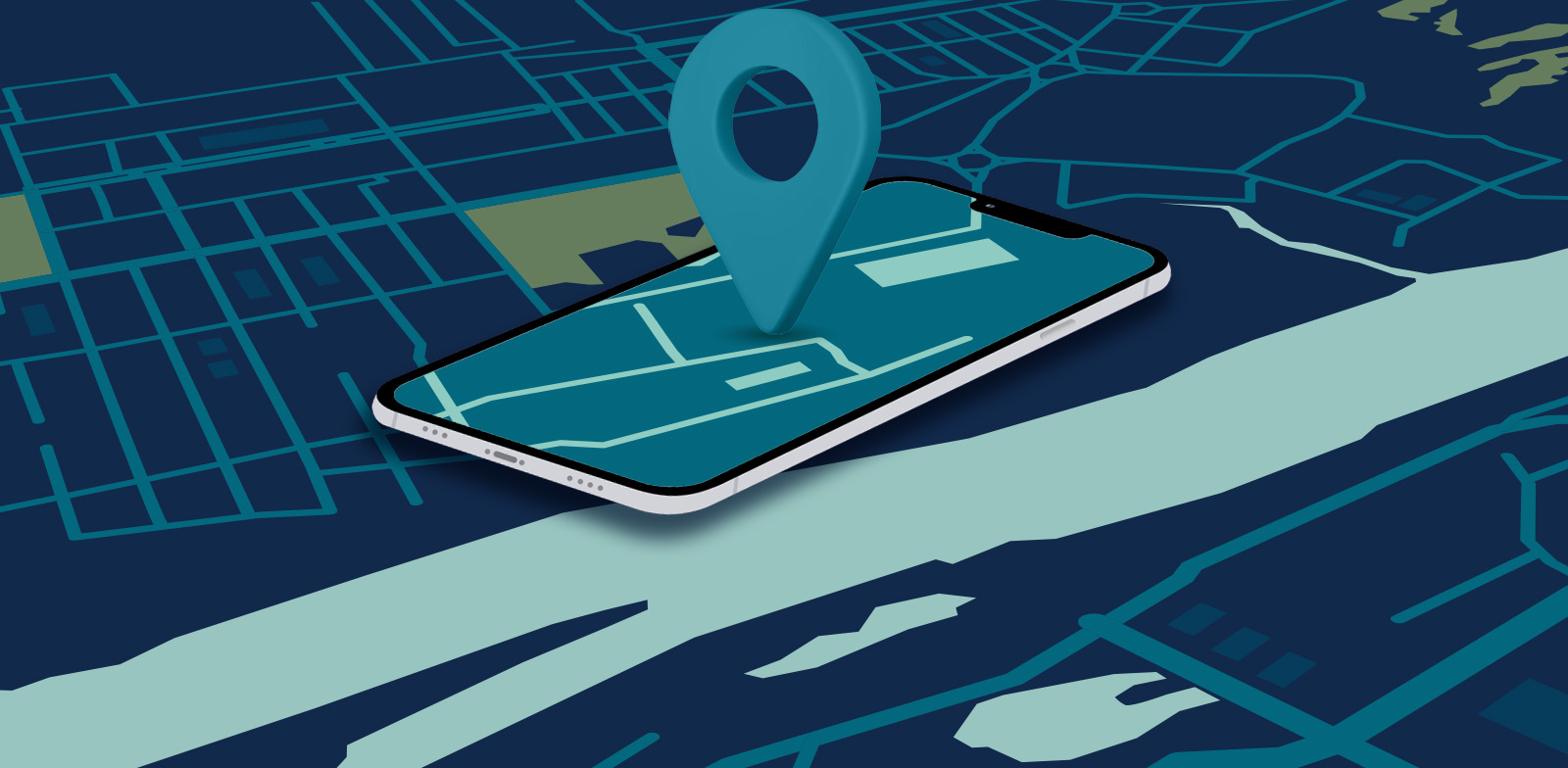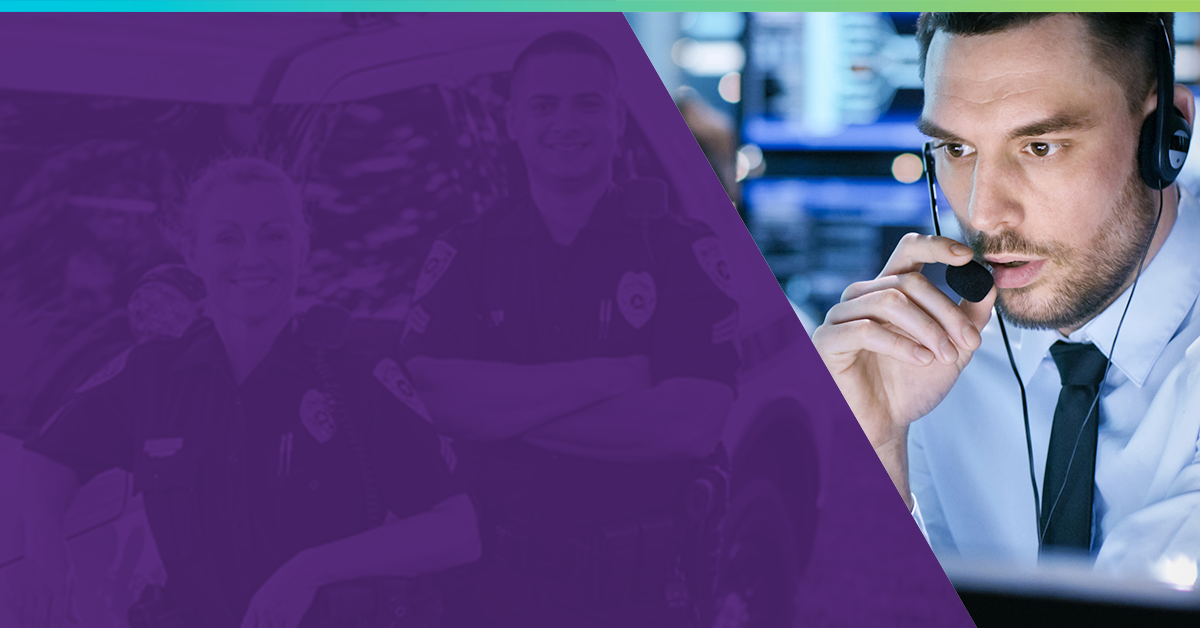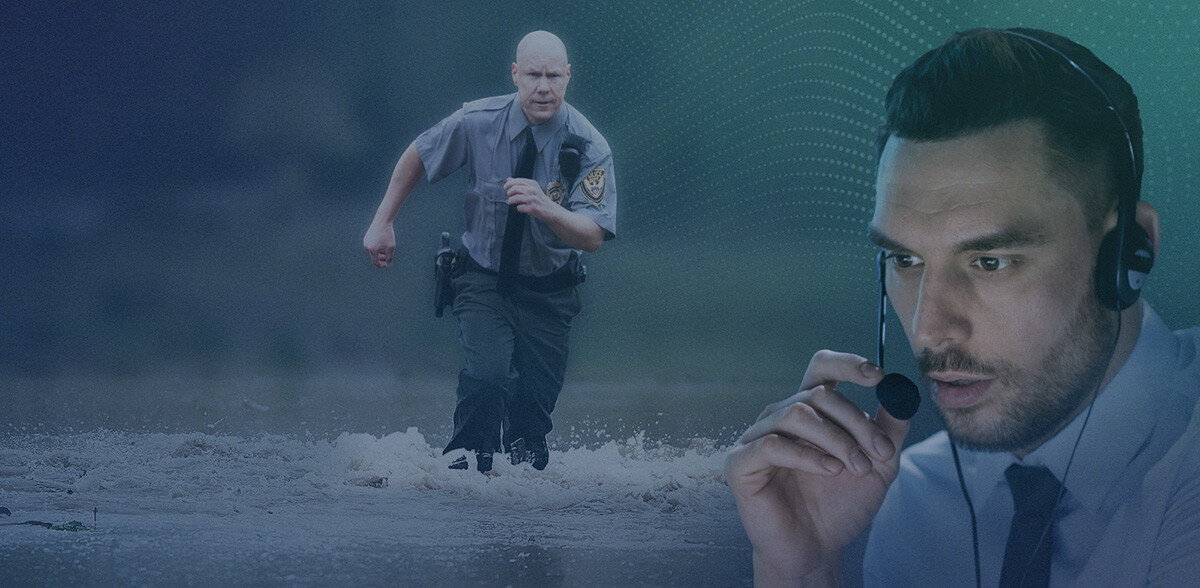4 Key Features of a VoWiFi 911 Solution
By: Marcus Andronici, Principal Sales Engineer Handset technology has evolved to the point that WiFi calling can often be a seamless experience for...
By: Marcus Andronici, Principal Sales Engineer
In recent blogs, we talked about the key components of a VoWiFi 911 solution, , as well as VoWiFi user set-up and provisioning. Now I’m going to explore a specific VoWiFi 911 call feature: proximity check.
Wireless location has historically been derived from the cell tower and VoIP location from the subscriber’s pre-provisioned address. However, because of advancements in location-based technology with today’s mobile handsets, it’s now possible to acquire and utilize latitude/longitude (X/Y) directly from a 911 caller’s device.
“Proximity check” is a process that compares device X/Y with a pre-provisioned subscriber address, applying geospatial logic to derive the most appropriate routing to a PSAP and to deliver the most appropriate location data to that PSAP. It brings a higher level of accuracy to both call routing and location data-delivery for WiFi 911 calling.
The Logic Behind Proximity Check
During the initial sign up for VoWiFi services, the subscriber pre-provisions their location to the West platform where it is both geocoded and validated against the local jurisdictional authorities address tables.
At the time of a 911 call, proximity check compares that pre-provisioned geocoded address to the device X/Y. If the device X/Y falls within the pre-determined radius of 50 meters—aligning with wireless location mandates set by the FCC in the Fourth Report & Order—we can generally assume that the caller is within the acceptable threshold for location accuracy. West will deliver that pre-provisioned and validated address to the PSAP.
If, however, the device X/Y location falls outside the 50-meter radius, the caller is likely away from their pre-provisioned address, so we deliver the device-based X/Y location instead.
VoWiFi 911 with Proximity Check Call Flow
Is Proximity Check Necessary?
Looking at three months of West’s VoWiFi call data, we found that about 65% of the time we sent the subscriber-provisioned address because it fell within the 50-meter threshold set by the carriers.
This makes sense since, statistically, we’re very likely to be at home or other frequent location when we need help. So for roughly two out of three 911 calls, we sent the dispatchable address, which is the location that public safety values above all other data—and I have to believe those calls resulted in faster emergency response times and outcomes for public safety.
West’s proximity check solution also has the flexibility to incorporate any new sources of reliable and trusted location data that become available such as Bluetooth beacons or other provisioned wireless access points. We will apply the same logic and decisioning rules to those data sources to determine the best, most accurate location for carriers.
Let’s remember the value of a precise, dispatchable address for public safety. It gives first responders a door to knock on, which can dramatically improve emergency response times and outcomes. Paired together, leveraging both the dispatchable address and the X/Y is the best option from a 911 perspective.
What About Reverse Geocoding for 911 Location?
I don’t usually recommend reverse geocoding as a primary solution. It can work in certain instances and environments, but inaccuracies are common in complex, dense urban areas. In time, reverse geocoding technologies may deliver more precision and granularity but, for now, West is focused on the combined value of a dispatchable address and a dynamic X/Y location for the most important call anyone will ever make.
Final Thoughts about 911 & VoWiFi
With smart home technologies becoming more popular and affordable, I see a need in the very near future for VoWiFi 911 connectivity through these systems. Proximity check becomes even more critical, as the potential for nomadic relocation of these devices will almost certainly cause issues with 911 call routing and location accuracy.
At West, we provide a VoWiFi 911 solution that leverages both the X/Y of the subscriber and the pre-provisioned address for the best possible location at the time of the call to the PSAP. We offer:

By: Marcus Andronici, Principal Sales Engineer Handset technology has evolved to the point that WiFi calling can often be a seamless experience for...

Location-Based Routing (LBR) just got more real. The compliance timeline has been set.

In July 2021, Intrado and ADT joined forces to deliver alarm data directly to text-enabled 911 centers in a whole new way that doesn’t require a...

Natural disasters, such as hurricanes, present unique challenges to 911 Emergency Communication Centers (ECCs) and Public Safety Answering Points...